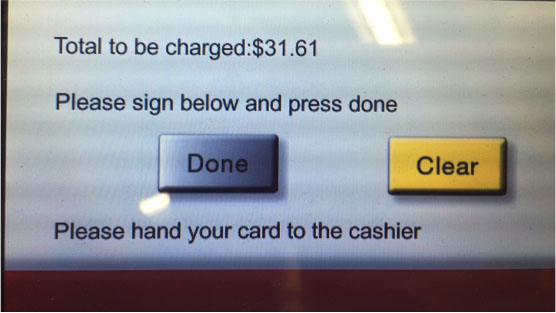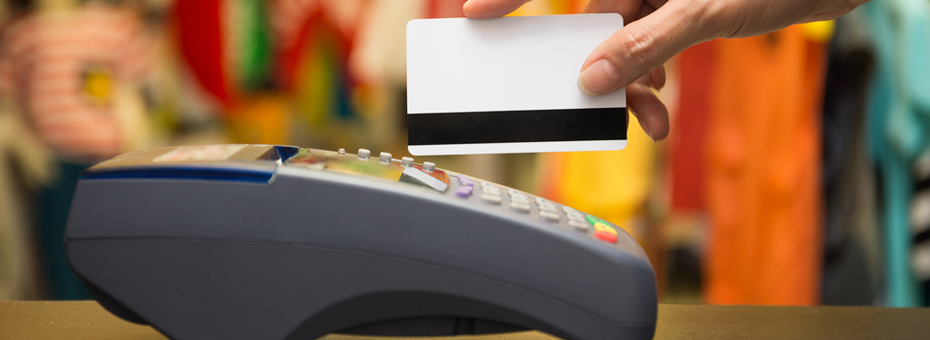I’ve read about auto engineers driving their companies’ newest vehicles for months seeing how many heads turn, what passersby think of its features, etc. My company doesn’t make cars, so what are some non-product-specific ways of REALLY putting yourself in your customers’ shoes?
Good question. This isn’t so much about what you make or the service you provide, it is more about either:
- Experiencing your product in the same manner your customer does, or
- Observing your customer experiencing your product in its intended environment
and then recording the experience in terms of useful data. You should pay particular attention to the motion of the customer’s eyes and hands as they interact with the product. Is this interaction simple and elegant, or frustrating and clunky? Write down what you observe, both good and bad. Then later on you can look over your notes and try to understand WHY things did or did not go well (Hint: if your answer involves a perceived deficiency in your customer’s skills you are on the wrong path!)
Let’s look at an example. Most all of us have used those point-of-sale credit-card scanners. They should be easy to use, right? Just swipe, sign and hit “OK” – or something like that. But if someone were to observe the customer using them they might notice:
- Repeated swipes (the card was in the wrong orientation)
- Swiping when the “chip” should be used – or visa versa (not clear which is functional)
- Having to sign twice because the signature was accidently cleared (some devices have the OK button to the right of the signature and the CLEAR button to the left; others have these reversed; the first scenario is more intuitive as the pen is on the right side of the display at the end of signing)

If YOU are experiencing your CURRENT product versus observing the customer, be sure to avoid any “perks” or “favoritism” that you usually enjoy. If you work for a bank, you’d want to go to a branch where people do not know you so that Joe doesn’t compensate for that form you filled out incorrectly. If you make computers, obtain yours through the sales channels your customers use, not through the employee benefits program that comes with special pre-installed software. Or if you work at a medical center, rather than going to your colleague to schedule an appointment, call the general phone number someone in the public would and experience what happens.
One final point of observation that applies to physical products, but even more so to services: Are there a lot of labels and signs? Question the need for every sign – or better yet, perform a 5-Why on the sign and use what you learn to improve your service or product.
At my gym, for example, there are labels on the bottles of hairspray and deodorant that say, “Do not throw away, we refill.” Unfortunately, the management at my gym is not asking the question you just posed about the need for signage. There is a simple solution to their problem – and it is not a sign. If only the management actually worked out at the gym…






